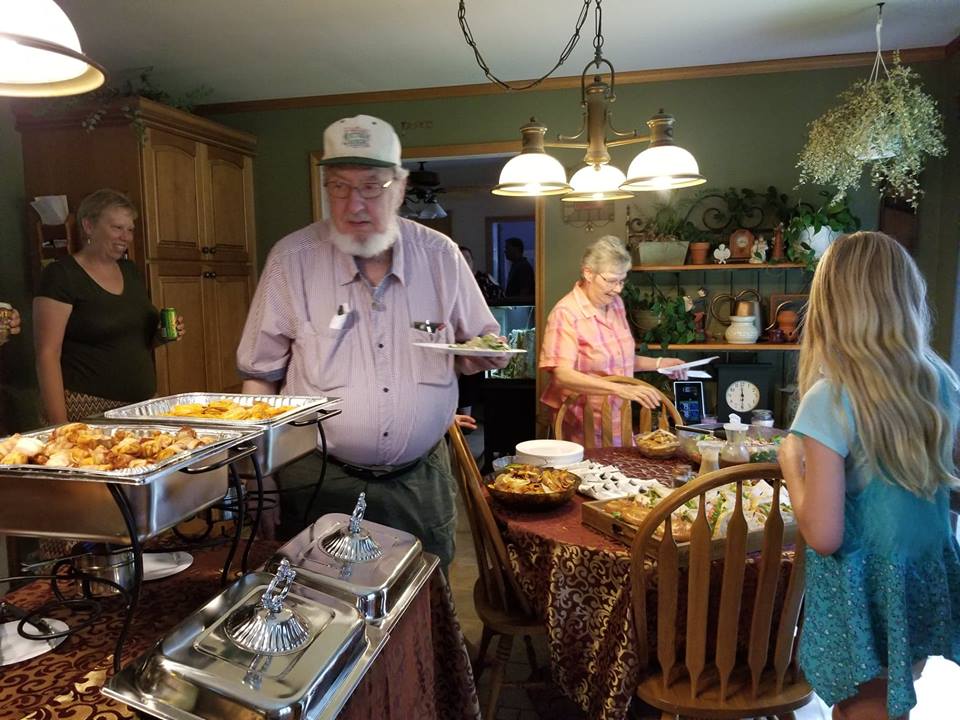It’s December 11!

Hello folks. As promised in my most recent post “Extended Medical Leave” you are hearing from me again in December.
I have returned.
Just like most people who promised to come back, I had visions of General Douglas MacArthur wading ashore on the Island of Leyte and declaring “I have returned.”




























